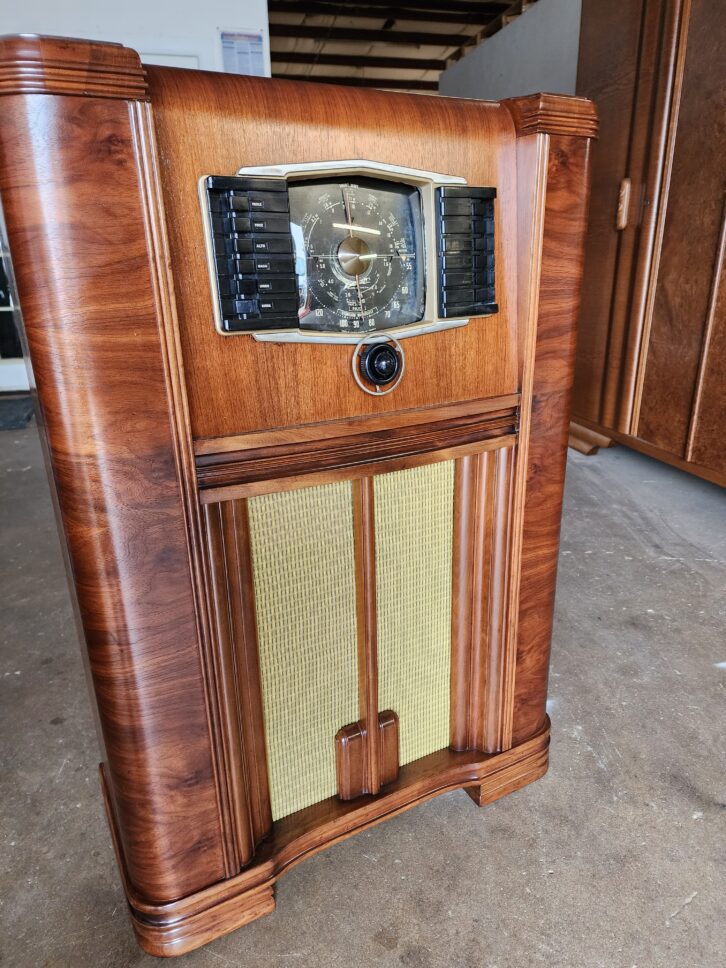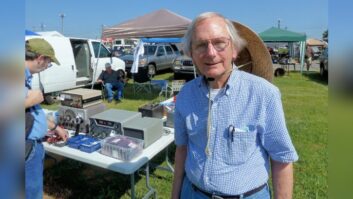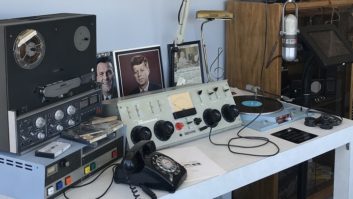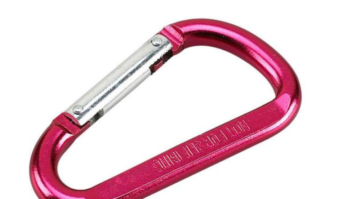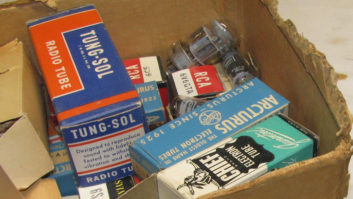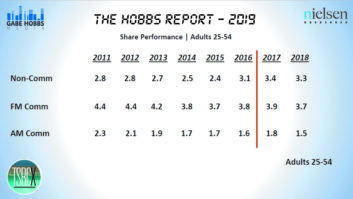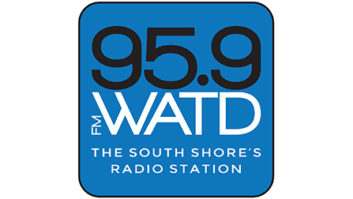Maybe it’s a hand-me-down from an elderly relative. Maybe you found it at a flea market, or it has been hidden in the attic for far too long.
It could be an anonymous-looking black box with big dials and horn speaker from the 1920s, or an iconic Zenith floor console with big lighted dial and multiple wood veneers from the 1930s, or a multi-colored tabletop model cased in Bakelite plastic from the 1940s.
At some point an antique radio may come into your life; or someone will ask you to help them with that antique they just inherited. What should they do with it?
Radio World spoke with several restoration experts. Here’s what they told us about the right and wrong ways to handle these artifacts, because doing this the wrong way can turn a valuable antique into a destroyed “blue smoke generator.”
What’s antique?
“In similar fields of collecting such as in furniture, it’s widely accepted that anything over 100 years is ‘antique,’” said Lisa Edwardson, owner of the online Retro Radio Shop, which sells and restores old radios (and can even add Bluetooth and aux inputs to them).
“Fifty to 100 years is ‘vintage,’ and less than 50 years old is ‘retro,’ which is somewhat of a sub-category of vintage. Just where the bottom threshold of retro lies is quite a gray area.”
Chris Deneau is the owner of Renovated Radios in Macomb, Mich., which specializes in making reproduction parts for old radios. “In my opinion, an antique radio is any radio powered with vacuum tubes, which should only be powered up with a variac after a careful electronic inspection,” he said.
For the sake of this article, we will refer to them all, including vintage/retro transistor radios, as antique radios.
Determining value
Several qualities determine market value of an antique radio including its general availability, its specific brand/model and its condition.
“If the radio in question checks off just one of these, it can increase its value,” Edwardson said. “If you have a trifecta, you’ve hit the jackpot.”
Quality antique radios that were made in smaller production numbers are much sought after. “As well, if they were made from a fragile material such as glass, or even Catalin —1930s colored phenol formaldehyde resins — fewer of them have survived the years,” said Edwardson.
“The Sparton Model 1186 Nocturne is a great example of this, as it was partially made of glass. Any Catalin set is also typically worth more as fewer of these sets have survived due to this material being relatively fragile when compared to Bakelite or wood.”
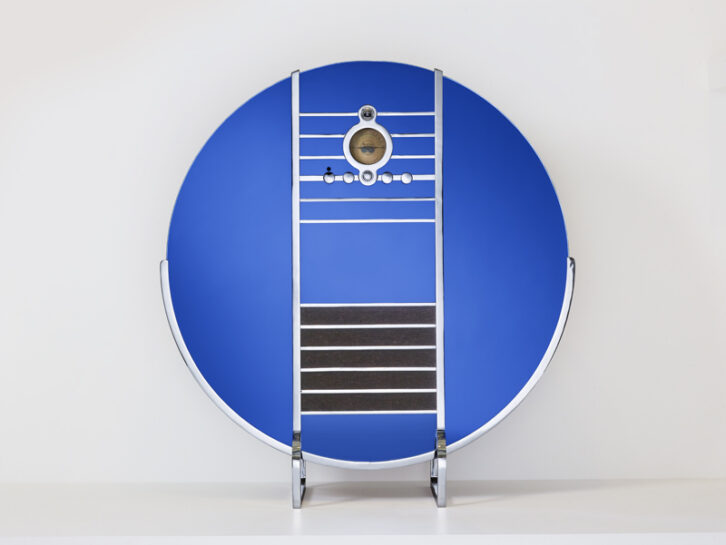
Like a vintage car, a radio’s brand and model affects its value as a collectible or resale item. Certain radios, thanks to their unique designs, features and/or superior build quality, can fetch more.
“Catalin radios, which are typically swirled and colorful, are highly sought after,” Deneau said. “Radios with mid-century or Art Deco looks, chrome fronts and large beautiful dials can also be highly desirable. There are so many variables, it’s best to consult someone familiar with values or research exact model numbers.”
Those variables explain why antique radio prices vary so widely.
“You can look on eBay anytime and find radios for sale for $50 because they don’t work, but priced at $1,000 to $2,000 when they’re working,” said Zach Mumford, general manager of Mumford Restoration in Raleigh, N.C., which restores furniture, clocks, pianos, guns and other items.
“Certain types get a lot more money because they are known for their brand name, such as Zenith. A lot of Zeniths were made in the 1930s, and they have an iconic face plate to them that people really like. They were also known as a ‘rich man’s radio’ back in the day. So collectors will pay a lot more for a restored Zenith floor console than for your average Philco radio, which was more of a ‘working man’s’ radio.”
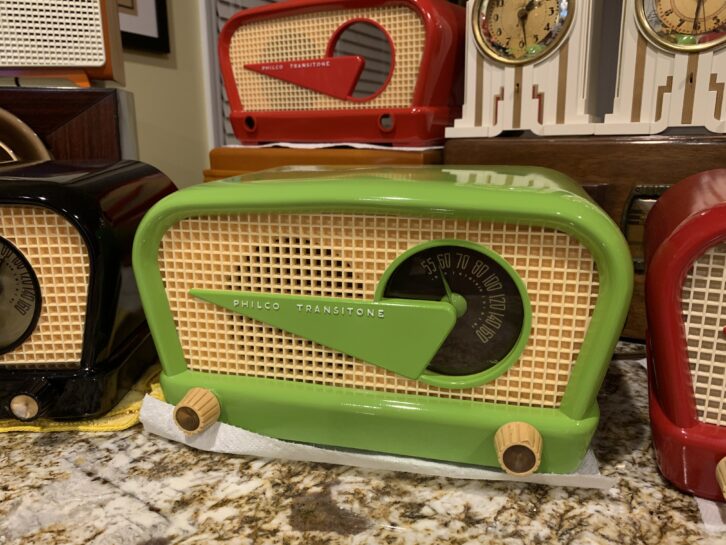
Consulting engineer and RW contributor Charles “Buc” Fitch also cites the beauty of the construction.
“Many radios were replacements for the fireplace in America, as the new center of the living room where families would gather,” he said. “The cabinetry could be craftsman-grade. That’s a separate restoration in itself.”
Plug it in?
Once you have taken possession of an antique radio, your temptation may be to plug it in, turn it on and see if it works. Many people reading this article are qualified to assess the condition of an old radio; but if you aren’t one of them, don’t just plug the thing in. The aged components and wires in old high-voltage sets can fail and burn — hence the nickname blue-smoke generator.
“It is not advisable to go ahead and plug it in,” Chris Deneau says. “There are many things that could cause an 80-year-old piece of history to have some kind of failure.”
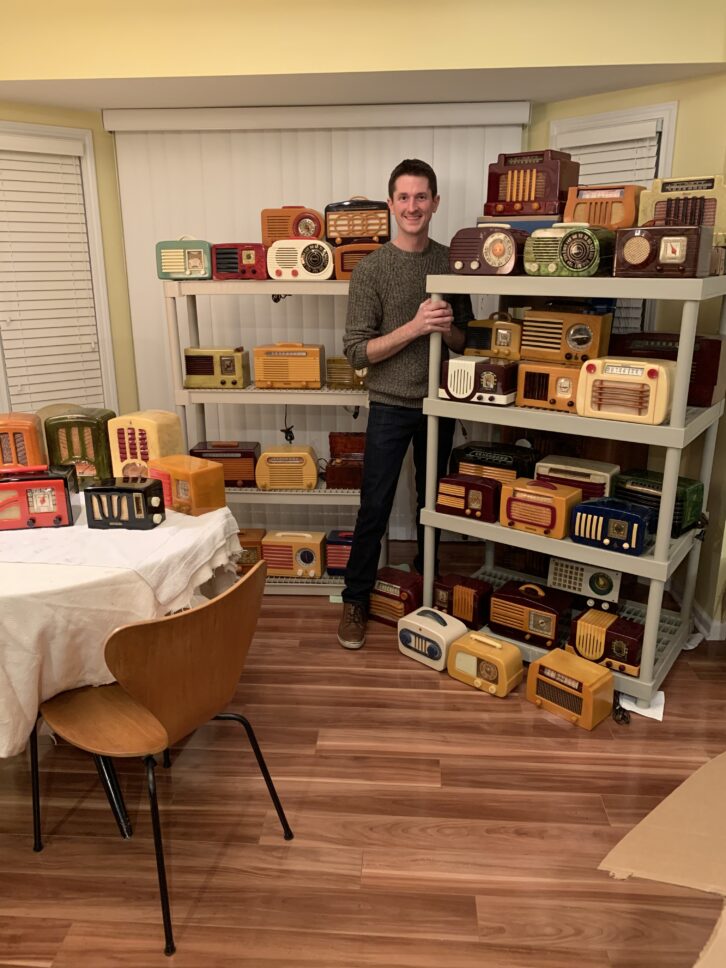
Said Zach Mumford, “If it doesn’t turn on as you’d hoped, the best-case scenario is that your circuit breaker would trip while the radio’s internals get damaged. Worst-case scenario, it could start a fire because of short circuits within the radio itself.”
“Chances are that your house won’t immediately burst into flames or you will not get thrown across the room by a high-voltage electric shock,” Edwardson concluded. “But there’s a better and safer approach than just plugging it in to test.”
Old battery-powered transistor radios are not prone to this level of failure, but caution never hurts.
Buc Fitch adds, “AC-powered classic radios should be rewired for three-wire power cords such that exposed or accessible metal parts are at ground potential. Many years ago I had an all-metal cabinet shortwave receiver with two-wire cord; it tingled whenever you touched the cabinet. It turned out to be leakage from the primary winding in the power transformer. Three-wire and a new transformer corrected the issue. Some early AC/DC radios also have hot chasses, hence the ‘plastic’ cabinets.”
Find an expert
Instead of rolling the dice on your antique radio’s fate by plugging it in, leave it alone and find a respected radio restoration expert to check it out. Many of them will also do complete cabinet restorations, along with finding original/accurate reproductions of missing/aged buttons, dials and knobs, as well as the glass with the right tuning markings.
A Google search will reveal lots of people offering to restore your antique radio. Be sure to check out reviews and references. There are people ranging from hobbyists to dedicated radio restoration companies offering these services, and some are better than others.
As for the experts’ advice on finding trustworthy radio restoration shops?
“You can find professional radio service shops through numerous sources,” said Edwardson. “And yes, it can be made new again with original parts. It may take some time and effort but it can be done. You can post on http://www.antiqueradios.com and request someone near you. Also consider reaching out to your local antique radio club, as they can certainly point you in the right direction as well.”
Deneau of parts specialist Renovated Radios said, “We have a number of people we can recommend to do restoration work on your radio depending what part of the country you are in. Once again, if you are looking for someone very local, it may be smart to join some of the radio groups on Facebook and ask if there is anyone in your area that would be willing to do the work.”
“Radio restoration is pretty much what we do,” said Mumford. “We restore them using original parts, because they’re just not producing new parts that would fit into antique radios. So it comes out looking pretty much like it would’ve when it rolled off the factory floor in the 1930s, 1940s or whenever it was made.”
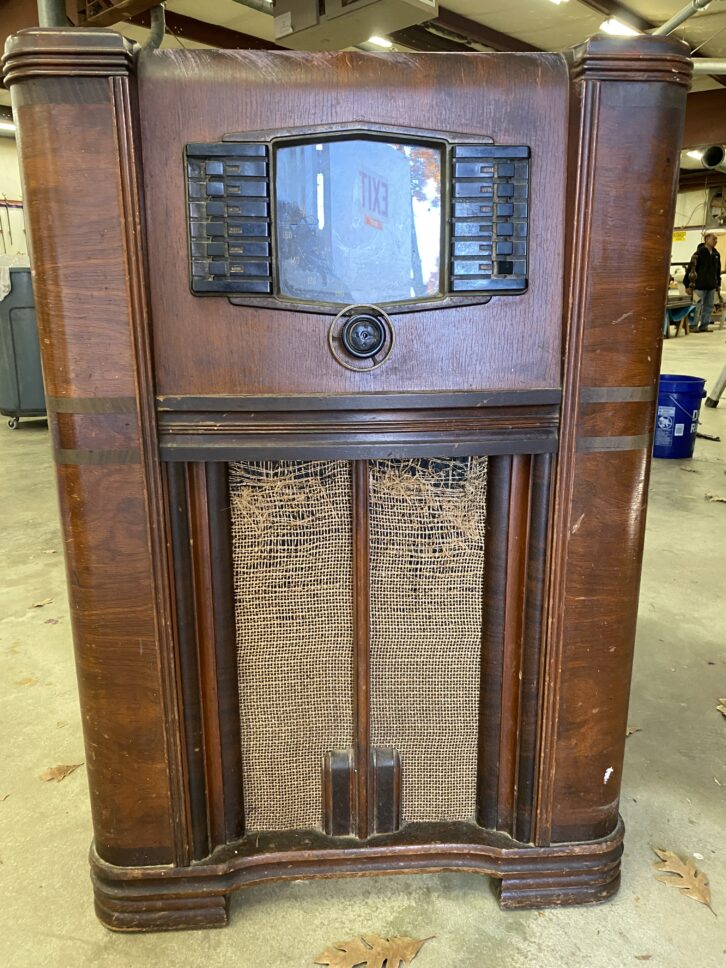
Use it
A restored antique radio is like a restored antique car. It needs to be used (carefully) and maintained to keep it in top condition. So once you’ve had your antique radio restored, be sure to listen to it every now and then. You’ll be astounded just how good even today’s AM radio sounds on a receiver designed to do it justice.
“Once restored, use it!” Edwardson told Radio World. “It’s not recommended to leave it playing unattended for any significant period, but if it has been serviced or restored, use it as often as you like. Keep it dust free and clean, and you’ll get many, many hours out of your old gem.”
Deneau agreed: “Once a radio is properly restored it should be good to use with little to no maintenance. Just keep it clean, dust off the back and enjoy.”
Said Mumford, “Usually, once an antique radio has been properly restored, the only problems that occur to it — at least for the next five to 10 years — are just tubes going out, which can be replaced. You just have to have a source to find the right tube that fits with your radio, and the people who restored your radio can likely help you with that.”
